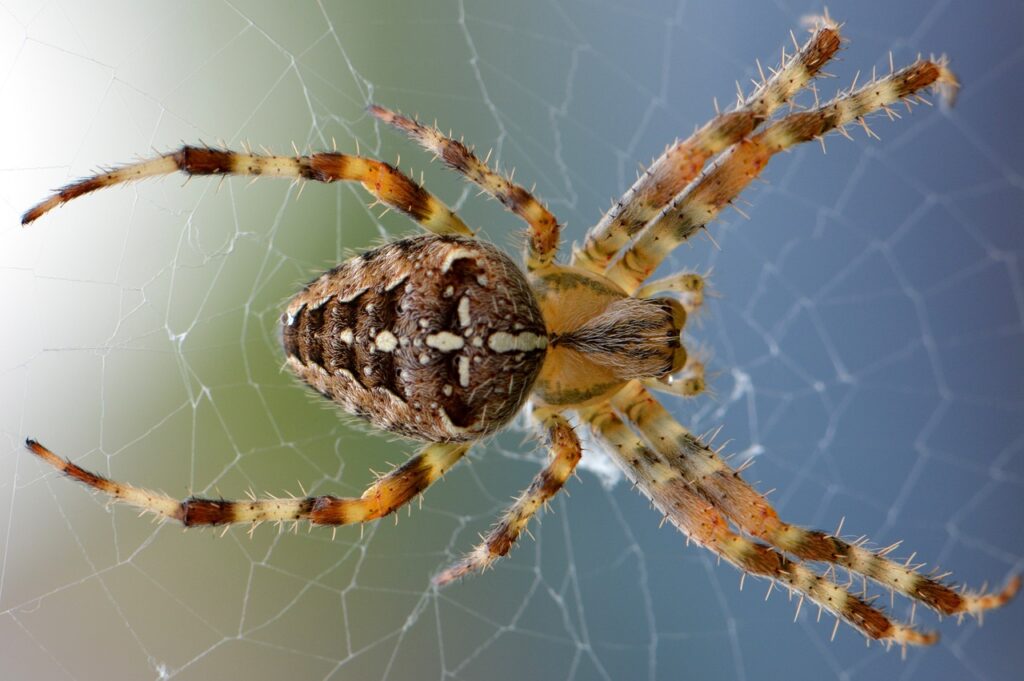Imagine stepping outside one morning and spotting a spider the size of your palm floating through the air on invisible threads, carried by nothing more than the wind itself. This isn’t science fiction – it’s the remarkable reality of the Joro spider, a golden orb-weaver that has mastered one of nature’s most extraordinary forms of travel. These striking arachnids, with their vibrant yellow and black bodies, don’t just crawl from place to place like their earthbound cousins. Instead, they’ve evolved an incredible ability that allows them to soar through the atmosphere, sometimes traveling hundreds of miles on currents of air we can barely feel.
The Golden Traveler from the East
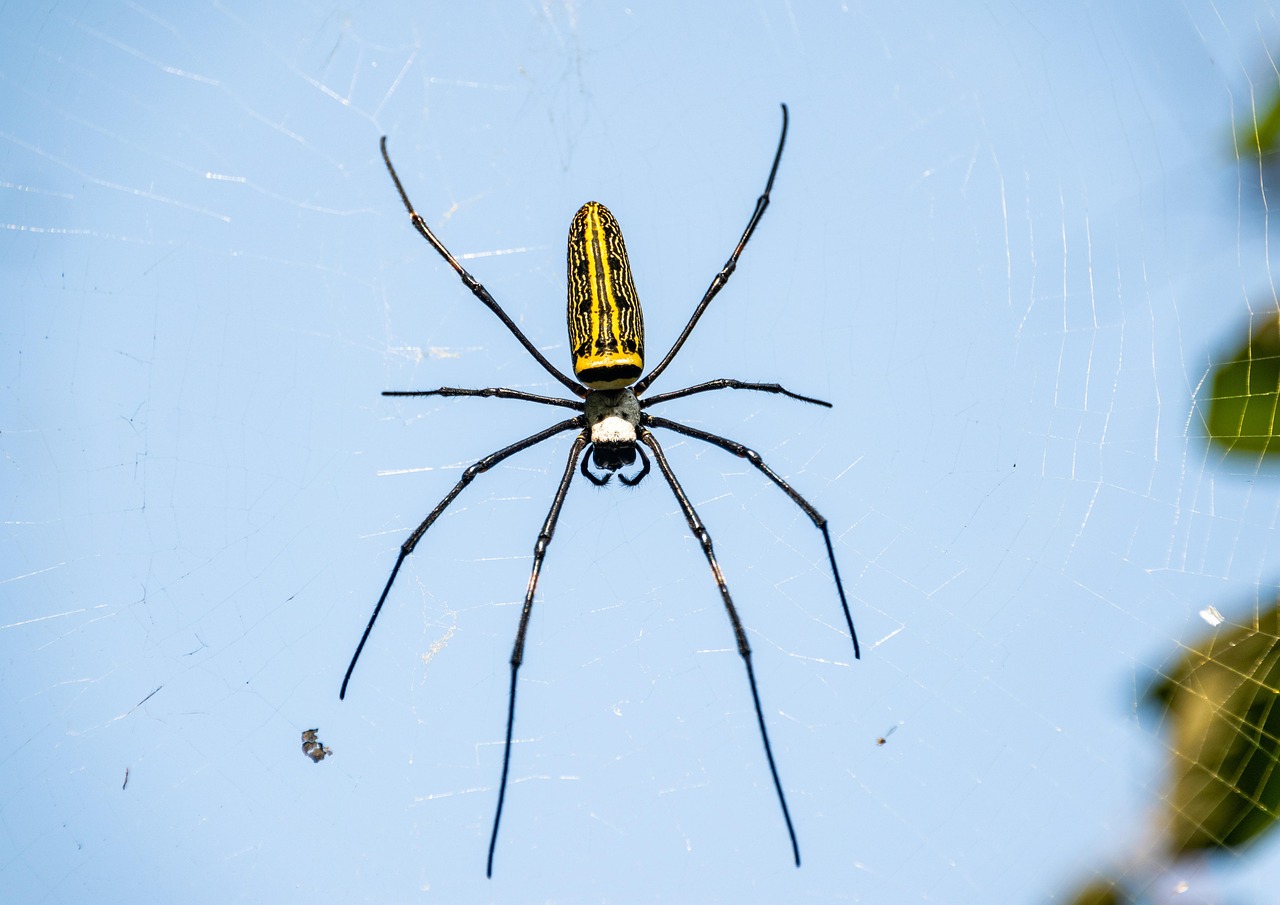
The Joro spider, scientifically known as Trichonephila clavata, originally hails from East Asia, where it has been spinning its impressive webs across Japan, Korea, and parts of China for centuries. These spiders are impossible to ignore once you know what to look for – females can reach leg spans of up to four inches, while their bodies shimmer with brilliant yellow markings contrasted against deep black stripes.
What makes these spiders truly special isn’t just their size or beauty, but their incredible adaptability. Unlike many spider species that remain relatively localized, Joro spiders have demonstrated an almost unprecedented ability to colonize new territories. Their secret weapon? A form of aerial dispersal that puts even the most advanced human transportation methods to shame.
The Science Behind Spider Flight
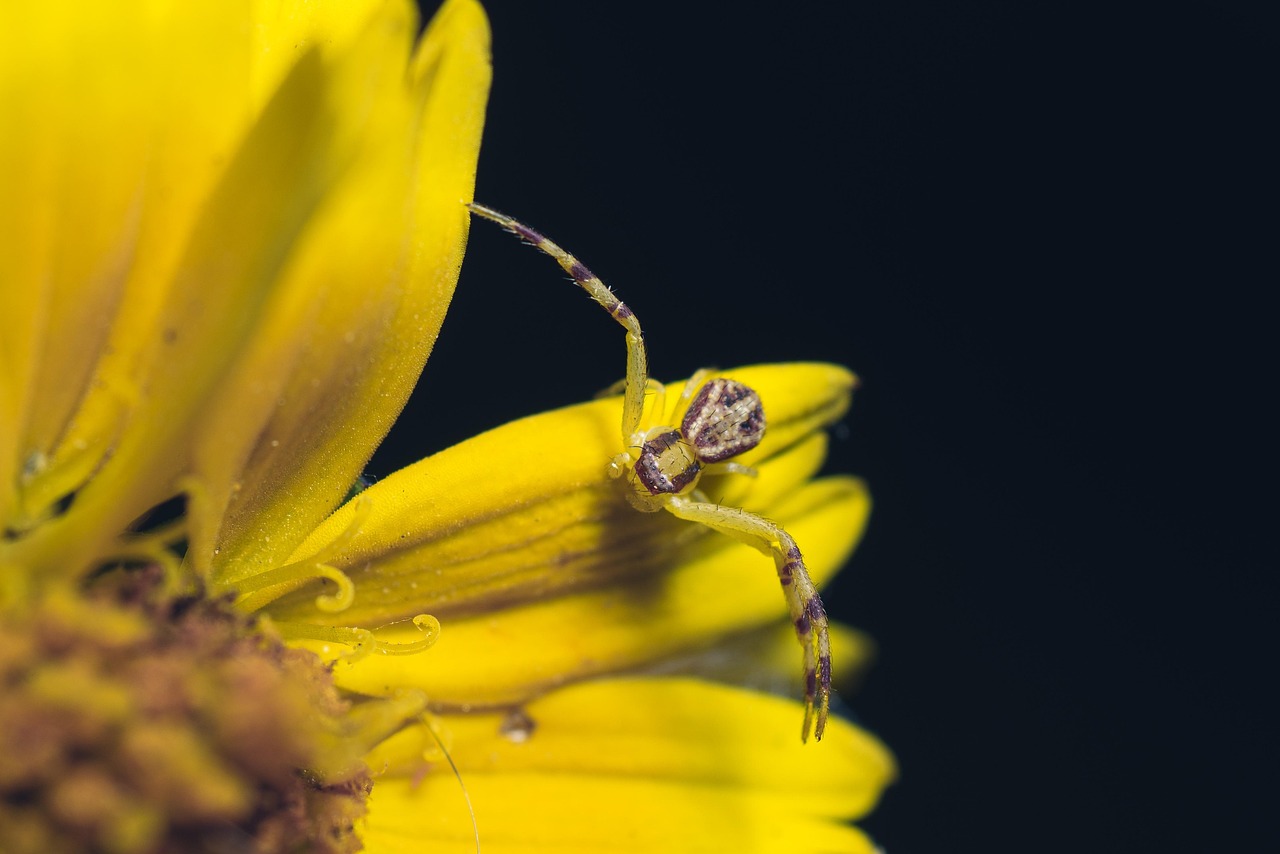
When we think of flying creatures, spiders certainly don’t come to mind first. Yet these eight-legged engineers have developed a form of locomotion that’s both elegant and effective. The process, known as ballooning, involves the spider releasing silk threads into the air and using atmospheric currents to become airborne.
The physics behind this phenomenon are surprisingly complex. Spiders don’t simply get blown around randomly – they actively control their flight by adjusting the length and number of silk strands they release. Recent research has shown that spiders can even detect electric fields in the atmosphere, using these invisible forces to enhance their aerial abilities. It’s like having a built-in GPS system that works with the planet’s natural electrical field.
What’s particularly fascinating is how spiders can remain aloft for extended periods. Some have been detected by aircraft at altitudes exceeding 10,000 feet, traveling on jet streams and weather systems that carry them across vast distances. The silk they produce acts like a parachute, but one that can be actively controlled and maneuvered.
Preparing for Takeoff
Before a Joro spider takes to the skies, it goes through a fascinating pre-flight routine that would make any pilot proud. The spider typically climbs to the highest available point – whether that’s a tree branch, building, or even a blade of grass. From this elevated position, it extends its legs and raises its abdomen, testing the air currents with its incredibly sensitive sensory organs.
The spider then begins releasing silk from its spinnerets, creating long, gossamer threads that catch the wind. This isn’t a haphazard process – the spider carefully monitors wind speed, direction, and atmospheric conditions. If conditions aren’t right, it will wait patiently for the perfect moment to launch. Think of it as checking the weather forecast, except the spider is using sensory equipment far more sophisticated than anything humans have developed.
The Moment of Launch

When conditions align perfectly, the Joro spider commits to its aerial journey in a moment that’s both graceful and dramatic. As the silk threads catch sufficient air current, the spider releases its grip on its perch and becomes airborne. The initial moments are critical – too little silk and the spider plummets to the ground, too much and it becomes tangled in its own draglines.
Successful launches often occur during specific weather conditions, particularly on warm days with gentle, consistent breezes. The spider’s ability to time these launches perfectly suggests an understanding of meteorology that scientists are only beginning to appreciate. Once airborne, the spider can travel at speeds matching the wind currents, sometimes reaching velocities of 20 miles per hour or more.
Navigating the Invisible Highway
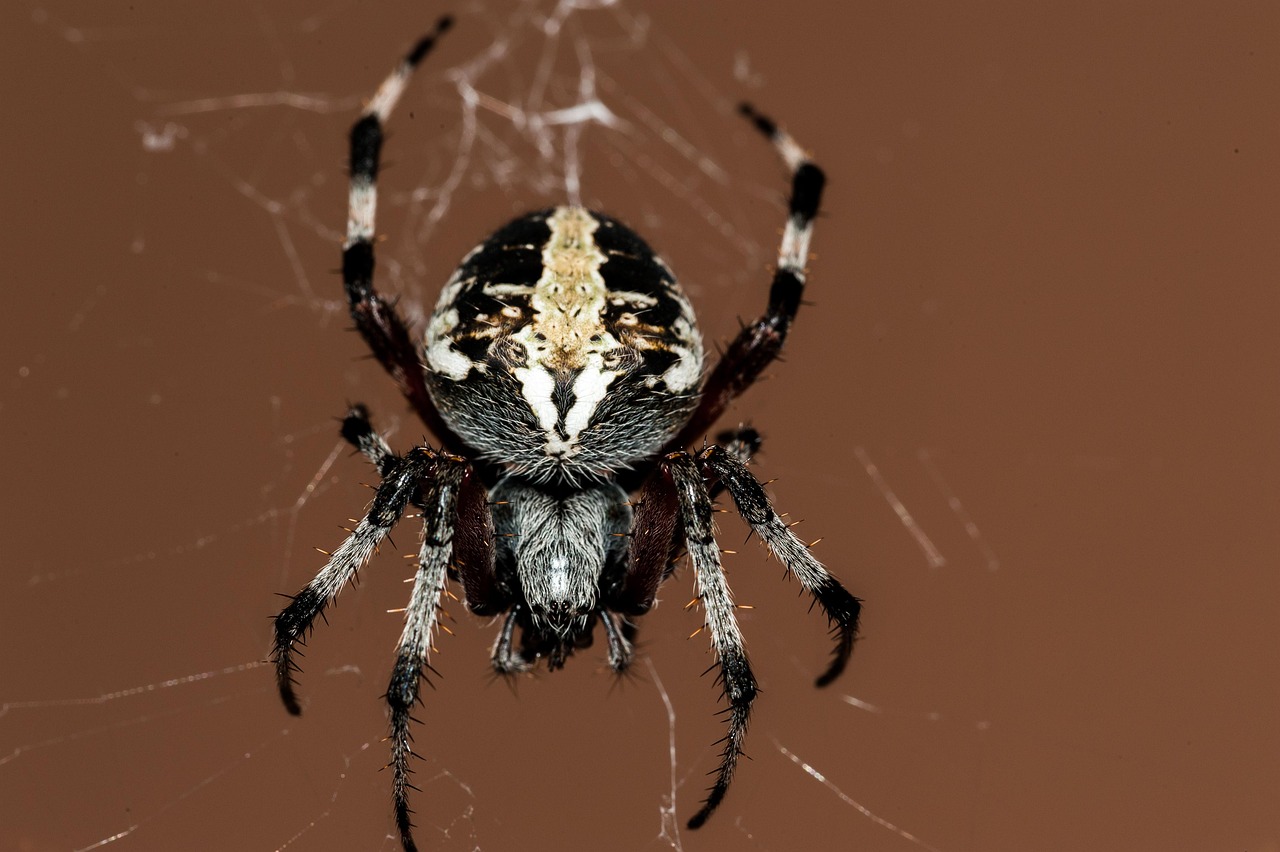
Once aloft, Joro spiders become passengers on what scientists call the “aerial plankton highway” – a network of air currents that transport countless small organisms around the globe. However, these spiders aren’t just passive travelers. They can adjust their altitude by releasing or reeling in silk, allowing them to catch different wind currents at various heights.
The atmosphere contains distinct layers of air movement, and experienced ballooning spiders seem to understand how to exploit these differences. By moving between these aerial highways, they can influence their direction of travel and even increase their chances of landing in suitable habitat. It’s remarkably similar to how experienced sailors read ocean currents and winds to navigate the seas.
The Great Joro Invasion
The first confirmed Joro spider in North America was discovered in Georgia around 2013, likely having arrived through shipping containers or cargo. However, their rapid spread across the southeastern United States can be attributed largely to their ballooning abilities. Within just a few years, these spiders had established populations across multiple states, with sightings reported as far north as South Carolina and as far west as Alabama.
What makes their colonization particularly impressive is the speed at which it occurred. Traditional spider dispersal methods would have taken decades to achieve what Joro spiders accomplished in less than a decade. Their aerial abilities allowed them to leapfrog geographic barriers that would have stopped other species cold. Rivers, mountains, and even urban areas became minor obstacles rather than insurmountable barriers.
Scientists tracking their spread have been amazed by the strategic nature of their expansion. Rather than random dispersal, Joro spiders seem to preferentially colonize areas with optimal habitat conditions, suggesting their ballooning flights aren’t entirely at the mercy of wind patterns.
Weather Windows and Seasonal Patterns
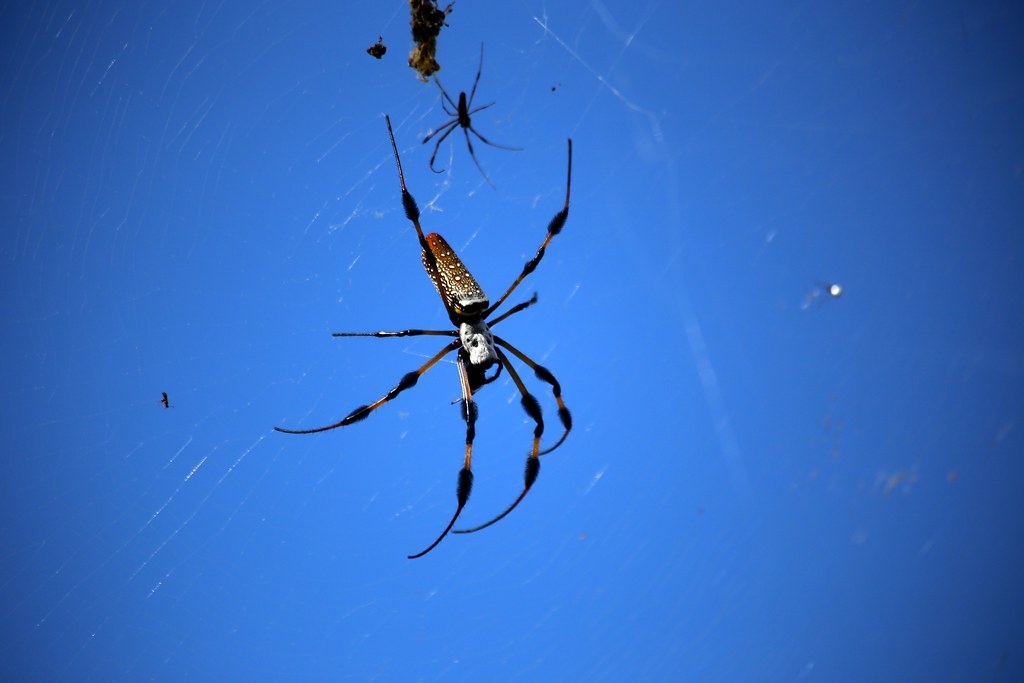
Joro spiders don’t balloon year-round – their aerial adventures follow distinct seasonal patterns that align with their life cycle and optimal weather conditions. Most ballooning occurs during late summer and early fall when atmospheric conditions are most favorable and young spiders are seeking new territories to establish themselves.
Temperature plays a crucial role in ballooning success. Spiders require warm conditions to generate the thermal updrafts that assist in takeoff and sustained flight. Days with temperatures between 70-85 degrees Fahrenheit, combined with light winds and clear skies, create ideal ballooning conditions. These weather windows often coincide with high-pressure systems that provide the stable atmospheric conditions spiders need for long-distance travel.
The Silk Highway System
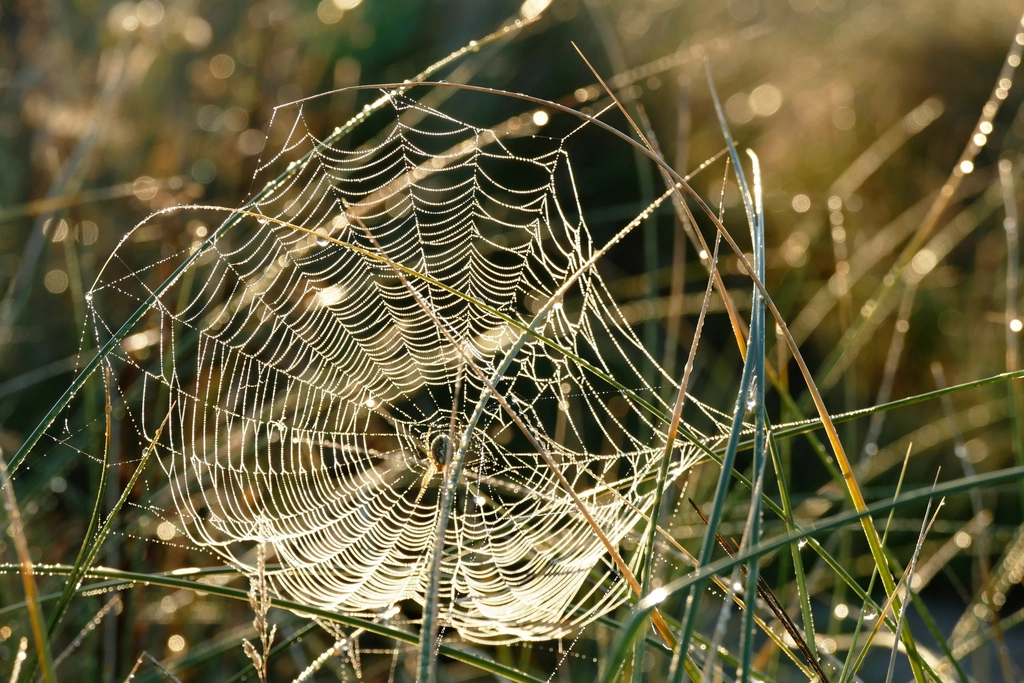
The silk that enables Joro spider flight is itself a marvel of biological engineering. Each strand is incredibly strong – pound for pound, spider silk is stronger than steel – yet flexible enough to stretch and contract with air currents. The spiders can produce different types of silk for different purposes, with ballooning silk being specifically optimized for aerial travel.
These draglines are also remarkably thin, often just a few micrometers in diameter, making them nearly invisible to the naked eye. However, when sunlight hits them at the right angle, they create shimmering threads that can extend for hundreds of feet. During peak ballooning season, entire landscapes can appear draped in these gossamer highways, creating an almost magical atmosphere that few people ever notice.
Landing Strategies and Survival
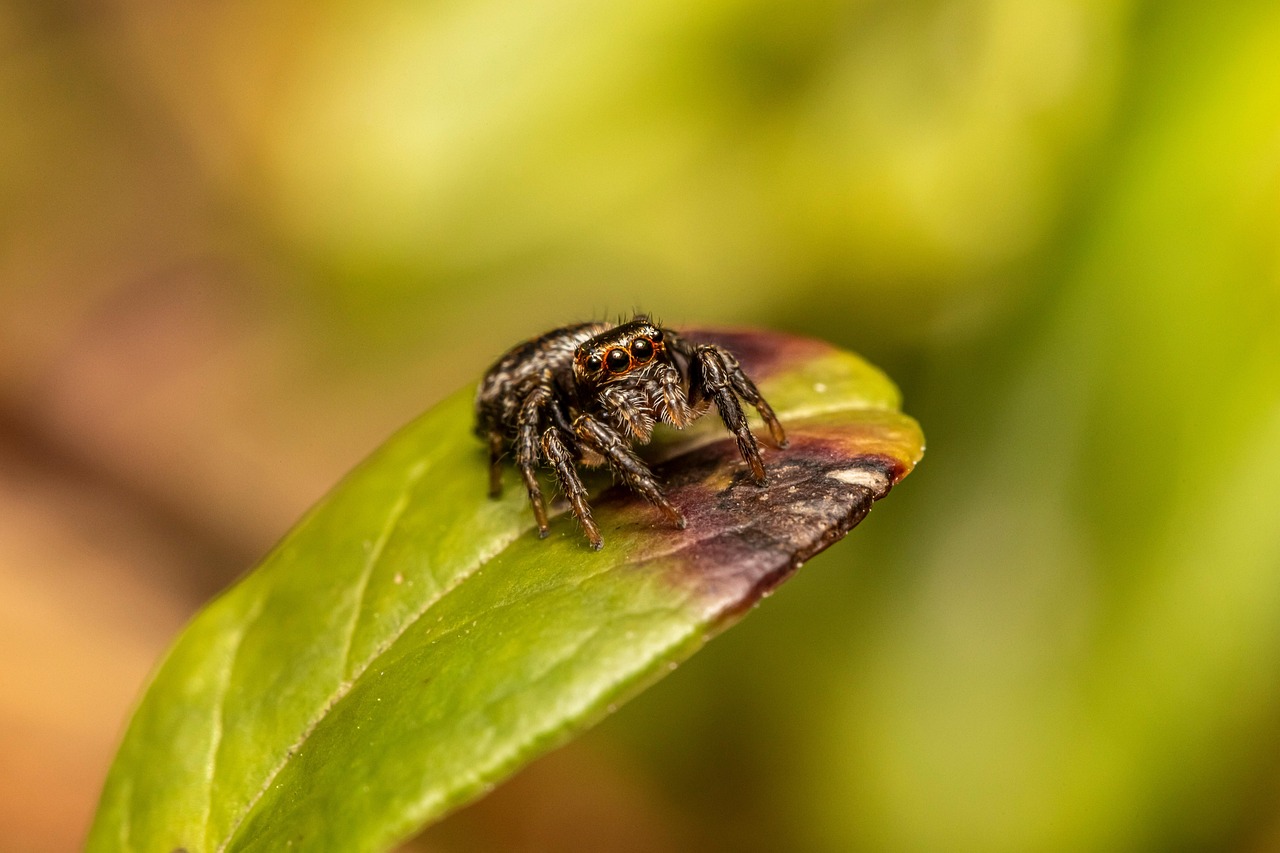
What goes up must come down, and Joro spiders have developed sophisticated strategies for ending their aerial journeys safely. As they approach potential landing sites, spiders can manipulate their silk to control their descent rate and landing accuracy. They seem to prefer landing in areas with suitable web-building opportunities – typically locations with good anchor points for their large orb webs.
Not every landing is successful, however. Many spiders end up in unsuitable habitat where they cannot survive long-term. This high-risk, high-reward strategy means that while many individual spiders may perish, the few that land in prime territory can establish new populations that eventually launch their own aerial colonists.
The survival rate of ballooning spiders depends heavily on their condition when they land. Spiders that have been airborne for extended periods may be weakened and need to quickly find food and suitable web-building sites. Those that land in urban areas or hostile environments face additional challenges that test their remarkable adaptability.
Impact on Local Ecosystems
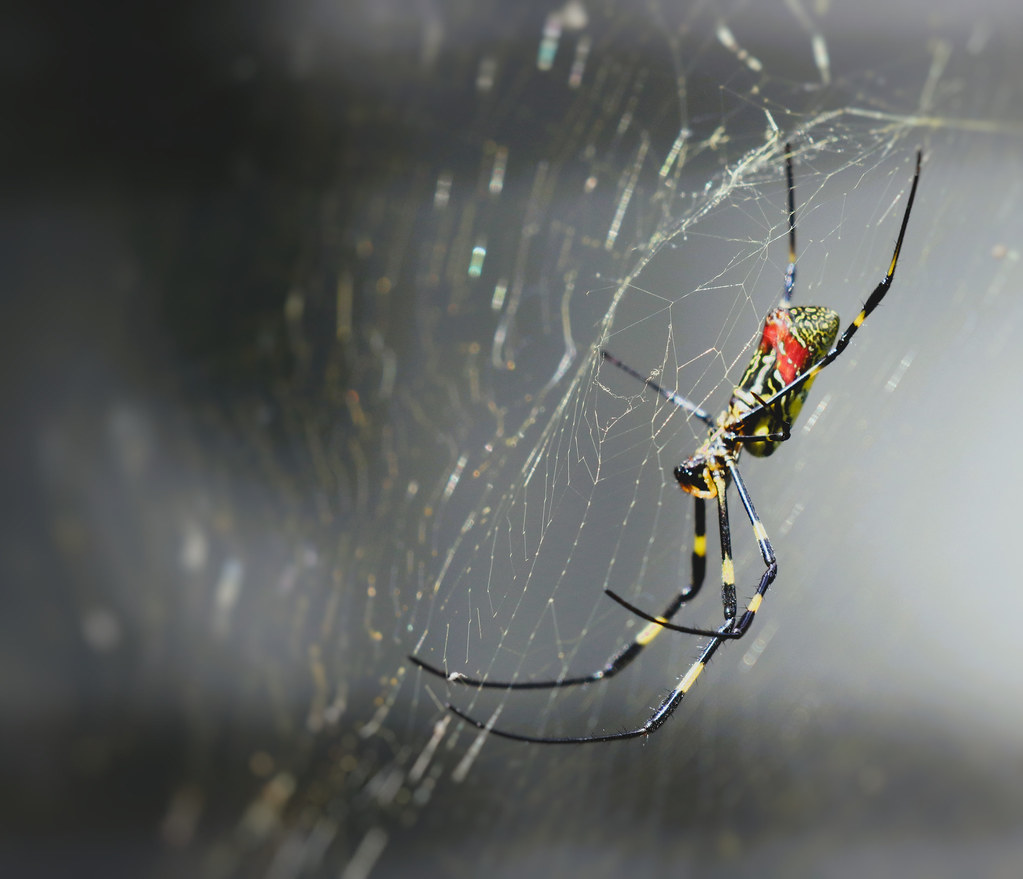
The arrival of Joro spiders in new territories creates ripple effects throughout local ecosystems that scientists are still studying. These large spiders are voracious predators, capable of catching flying insects that smaller native spiders cannot handle. Their webs, which can span over three feet in diameter, create aerial traps that intercept insects at heights where few native spiders operate.
Interestingly, Joro spiders seem to coexist relatively peacefully with native spider species rather than displacing them entirely. Their preference for building webs in elevated positions means they often occupy different ecological niches than ground-dwelling or low-vegetation spiders. However, their impact on flying insect populations could have broader consequences for birds, bats, and other insectivores that depend on aerial prey.
Climate Change and Expanding Ranges
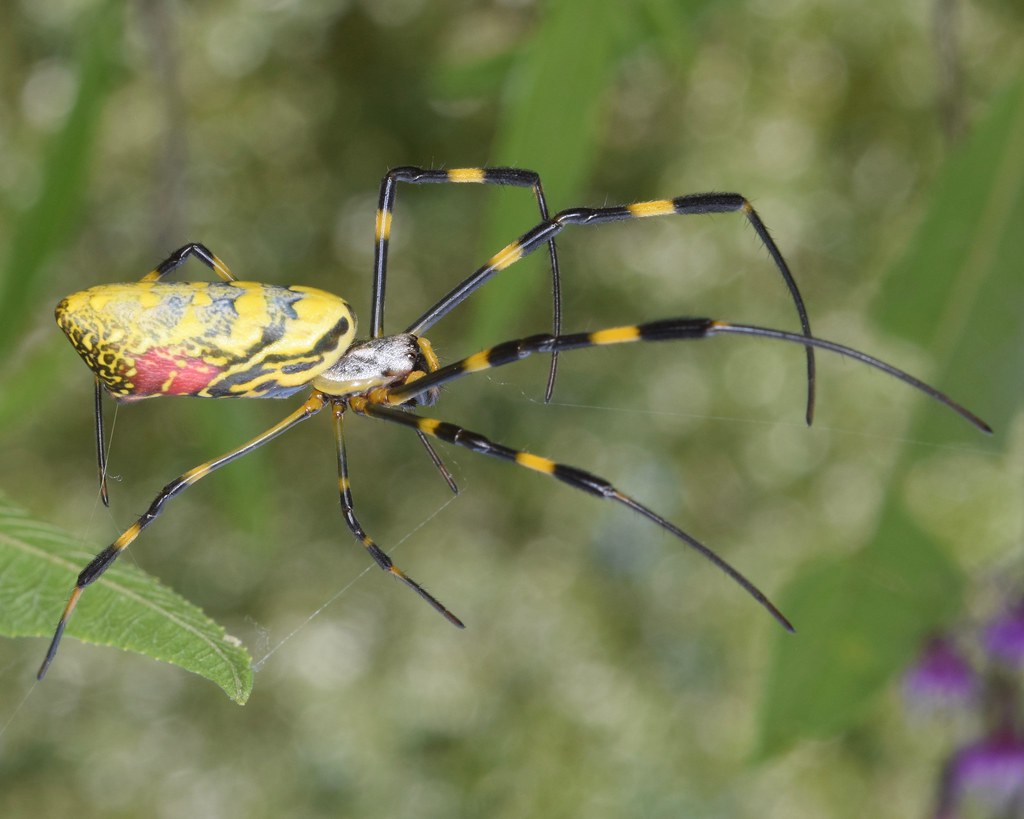
Climate scientists are paying close attention to Joro spider dispersal patterns because they may offer insights into how other species might respond to changing atmospheric conditions. Warmer temperatures and altered wind patterns associated with climate change could potentially extend the range of ballooning species far beyond their current distributions.
The Joro spider’s cold tolerance appears to be greater than initially expected, with some populations surviving surprisingly harsh winter conditions. This adaptability, combined with their aerial dispersal abilities, suggests they may continue expanding their range northward as temperatures rise. Models predict that suitable habitat for Joro spiders could eventually extend as far north as Canada.
Their success also raises questions about other non-native species that might arrive through similar means. The pathways that allowed Joro spiders to colonize North America remain open, and climate change may make long-distance biological invasions more common in the future.
Technological Applications and Inspiration
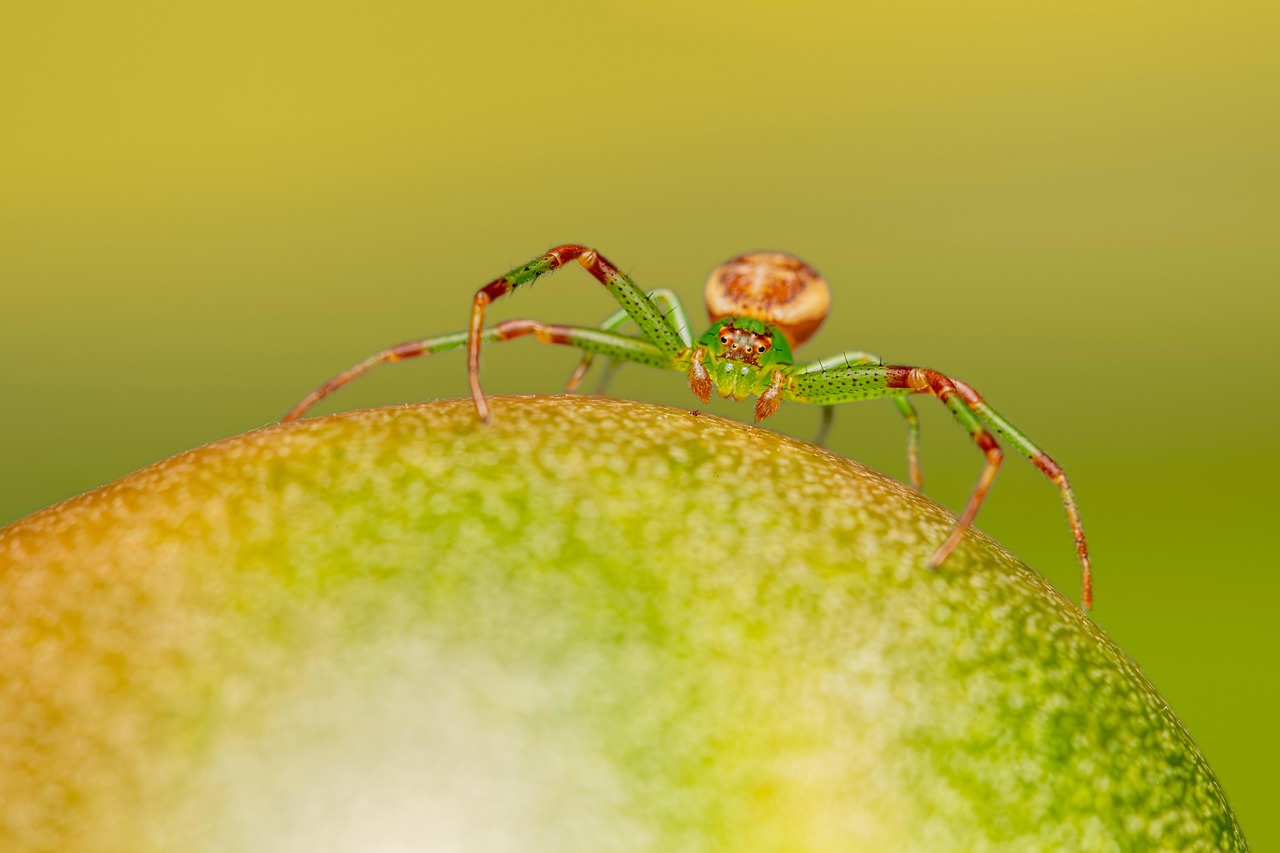
Engineers and materials scientists are studying Joro spider ballooning behavior to develop new technologies for atmospheric monitoring and lightweight aircraft design. The spiders’ ability to read atmospheric conditions and make flight decisions could inspire new weather prediction systems or autonomous drone navigation algorithms.
The silk itself has attracted significant research interest for applications ranging from biodegradable fishing lines to parachute cords. Understanding how spiders optimize their silk for aerial travel could lead to breakthroughs in creating ultra-lightweight, high-strength materials for aerospace applications. Some researchers are even exploring whether spider ballooning principles could be scaled up for human flight or cargo delivery systems.
Myths and Misconceptions
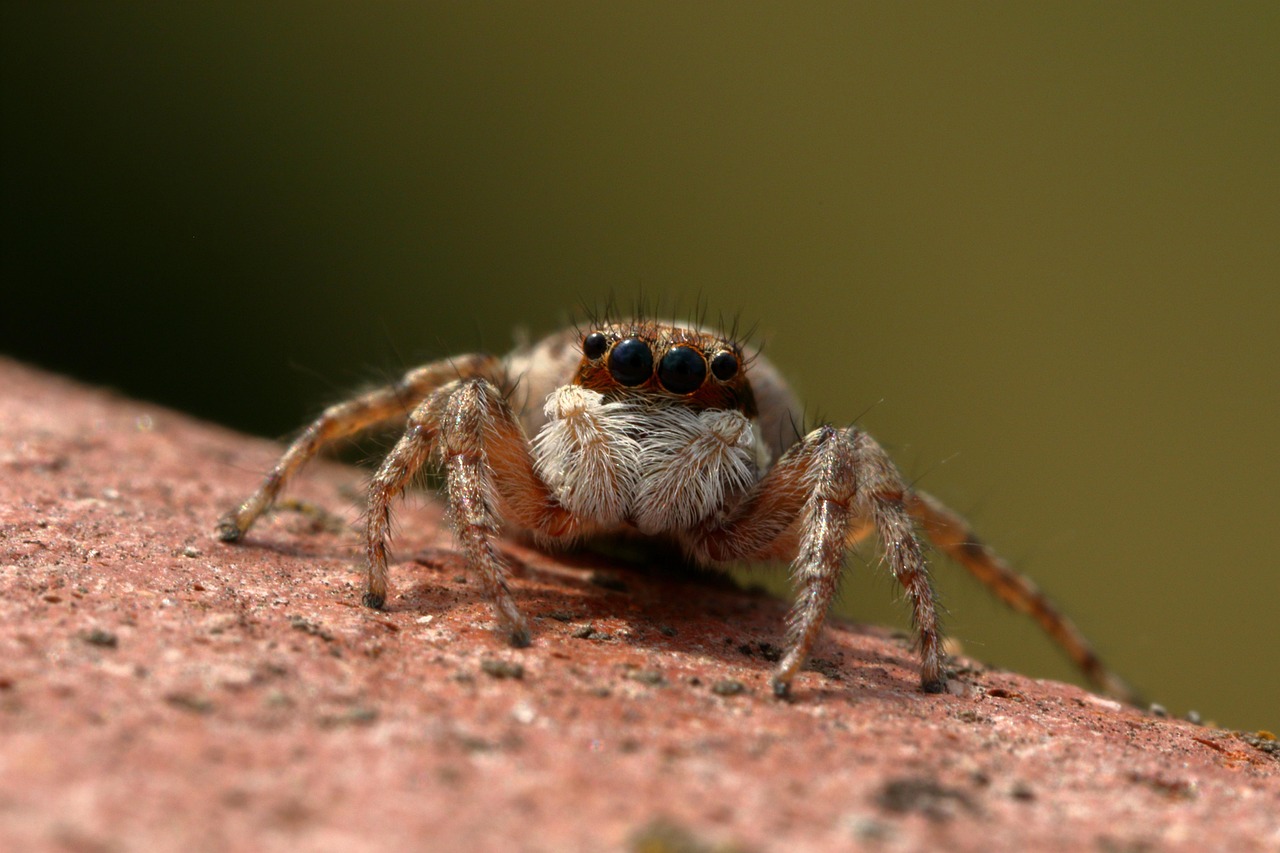
Despite growing scientific understanding of spider ballooning, numerous myths and misconceptions persist about how these aerial journeys work. Many people assume spiders are simply blown around randomly by wind, when in reality they exercise considerable control over their flights. Others believe that only tiny spiders can balloon, unaware that relatively large species like Joro spiders regularly take to the air.
Another common misconception is that ballooning is rare or unusual behavior. In fact, millions of spiders balloon every year, making it one of the most common forms of long-distance animal migration on Earth. The phenomenon is so widespread that spiders regularly rain down from the sky in various parts of the world, though these events often pass unnoticed by humans focused on terrestrial activities.
Some people fear that ballooning spiders pose a danger to aircraft or humans, but these concerns are largely unfounded. The silk strands are too weak to cause aircraft damage, and ballooning spiders are typically focused on landing and establishing territories rather than aggressive behavior.
Future Research and Conservation
Scientists are developing new tracking technologies to better understand long-distance spider dispersal patterns and their ecological impacts. High-altitude sampling programs are revealing the surprising diversity of life in the atmosphere, including previously unknown ballooning species and migration routes that span continents.
Understanding spider ballooning has important implications for conservation biology and invasive species management. By predicting where and when aerial colonization events might occur, researchers can develop more effective monitoring and response strategies. This knowledge becomes increasingly important as global trade and climate change create new opportunities for species to establish in novel environments.
Research into Joro spider genetics is also revealing how quickly these populations adapt to new environments. Their rapid colonization success may provide insights into the evolutionary processes that allow species to thrive in changing conditions, knowledge that could be crucial for conservation efforts focused on helping native species adapt to environmental changes.
The Joro spider’s mastery of aerial travel represents one of nature’s most remarkable innovations, combining engineering precision with biological adaptability in ways that continue to surprise scientists. Their success in colonizing new territories through ballooning demonstrates the incredible potential for life to find pathways across seemingly impossible barriers. As we face an era of rapid environmental change, these golden travelers remind us that nature’s solutions often surpass our most creative technological achievements. The next time you see gossamer threads glinting in sunlight or notice an unusually large spider in an unexpected place, you might be witnessing the aftermath of one of evolution’s most extraordinary journeys. What other aerial highways might be carrying life above our heads right now, invisible to our earthbound perspective?

